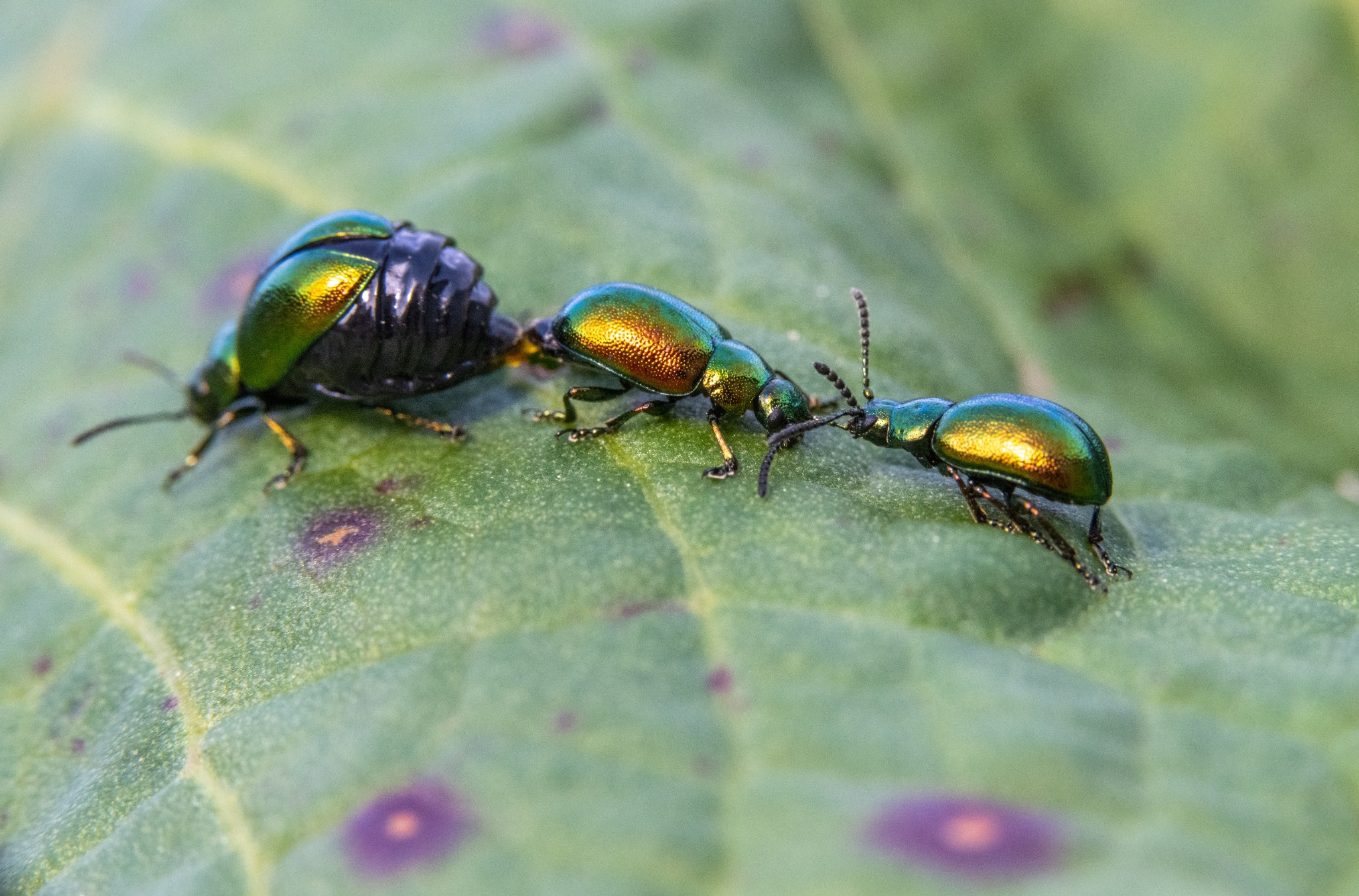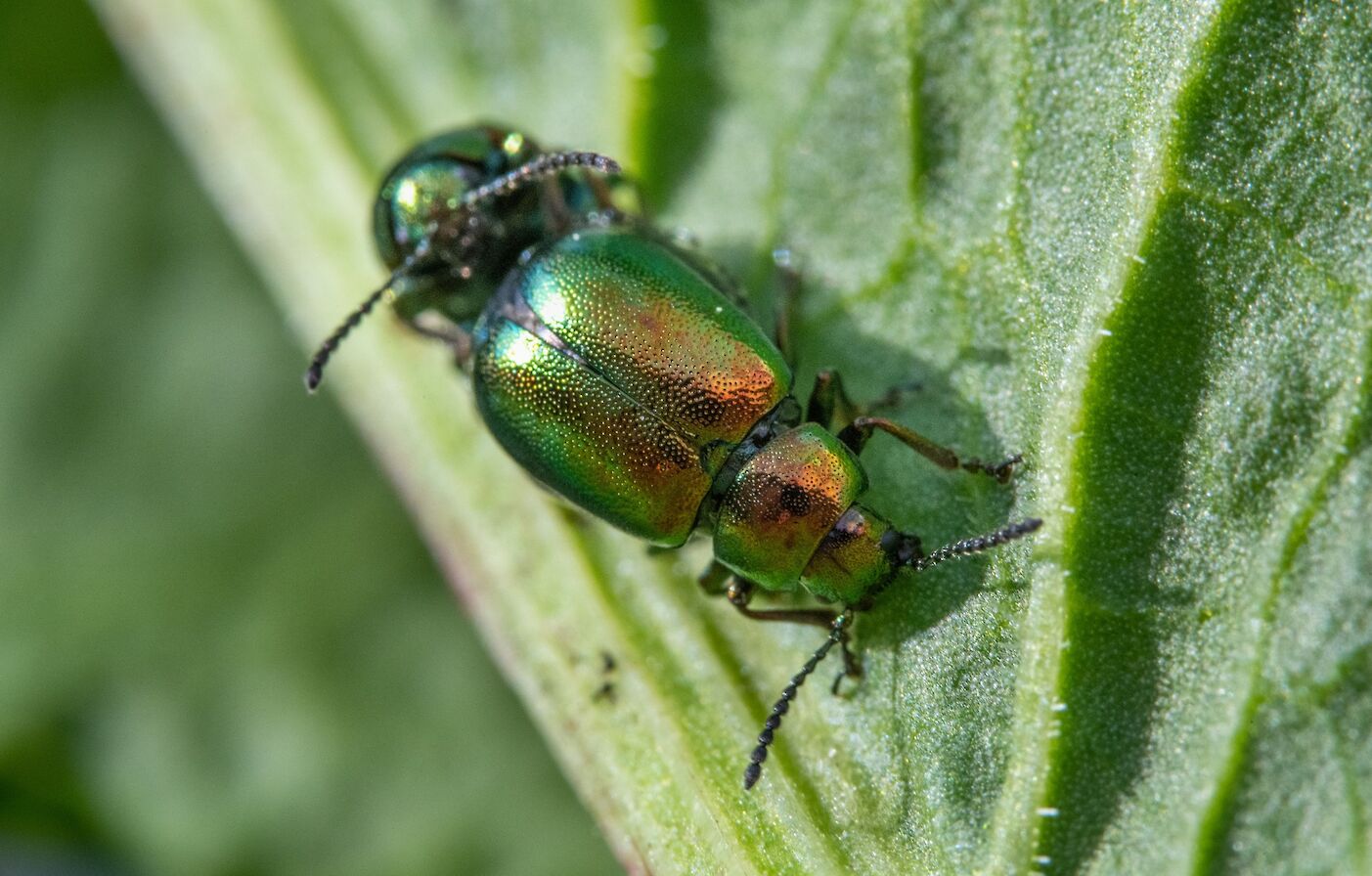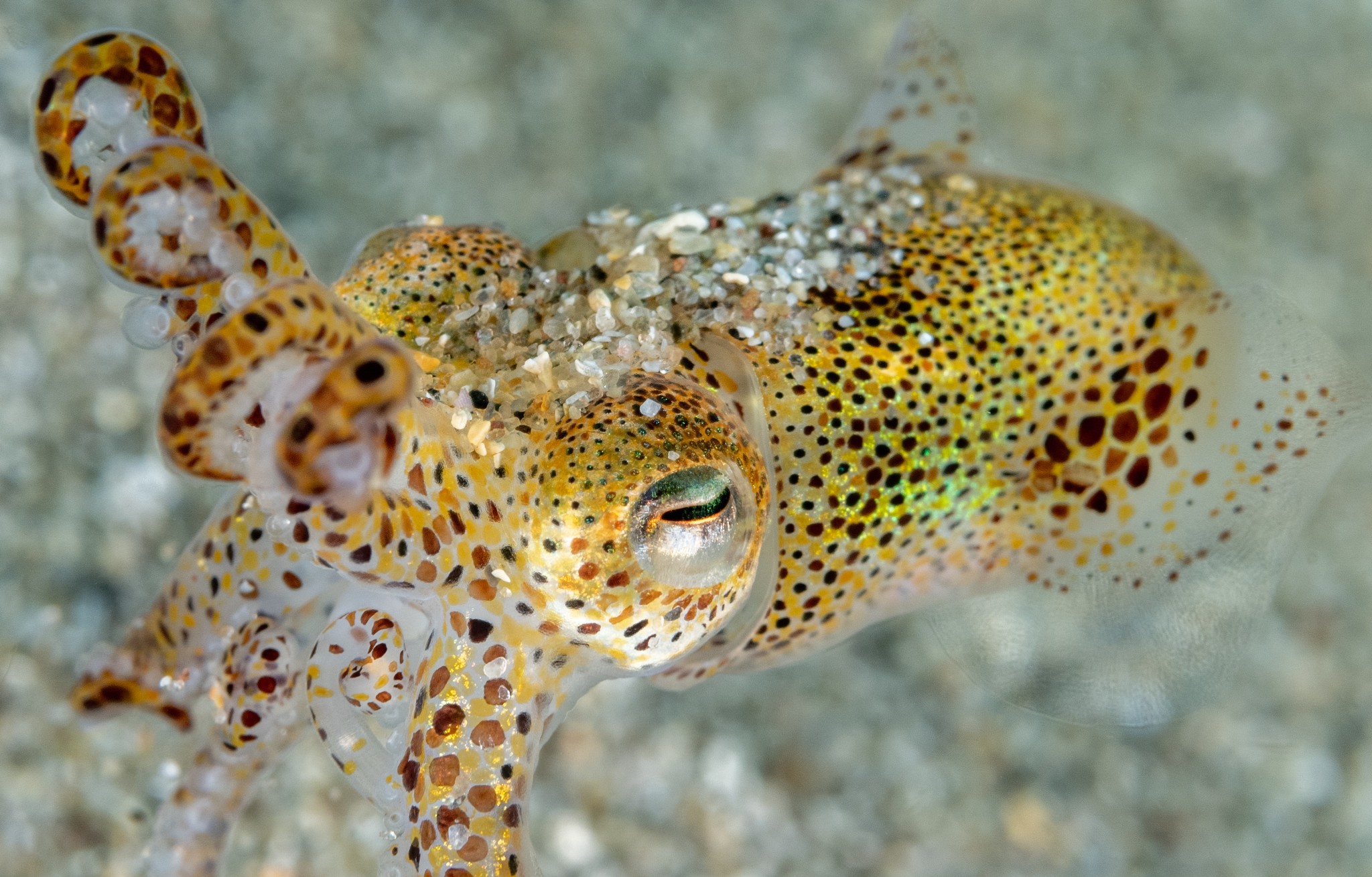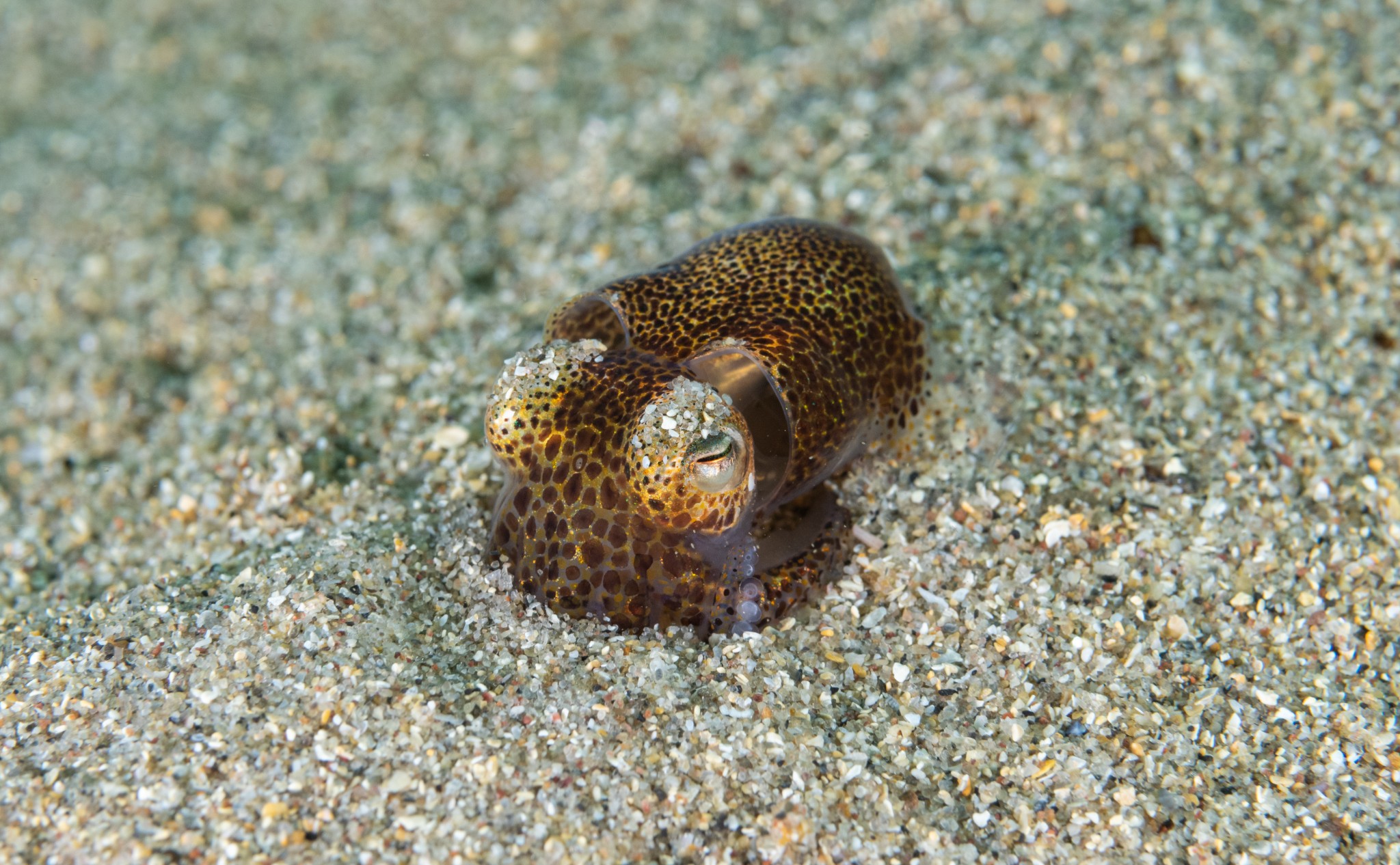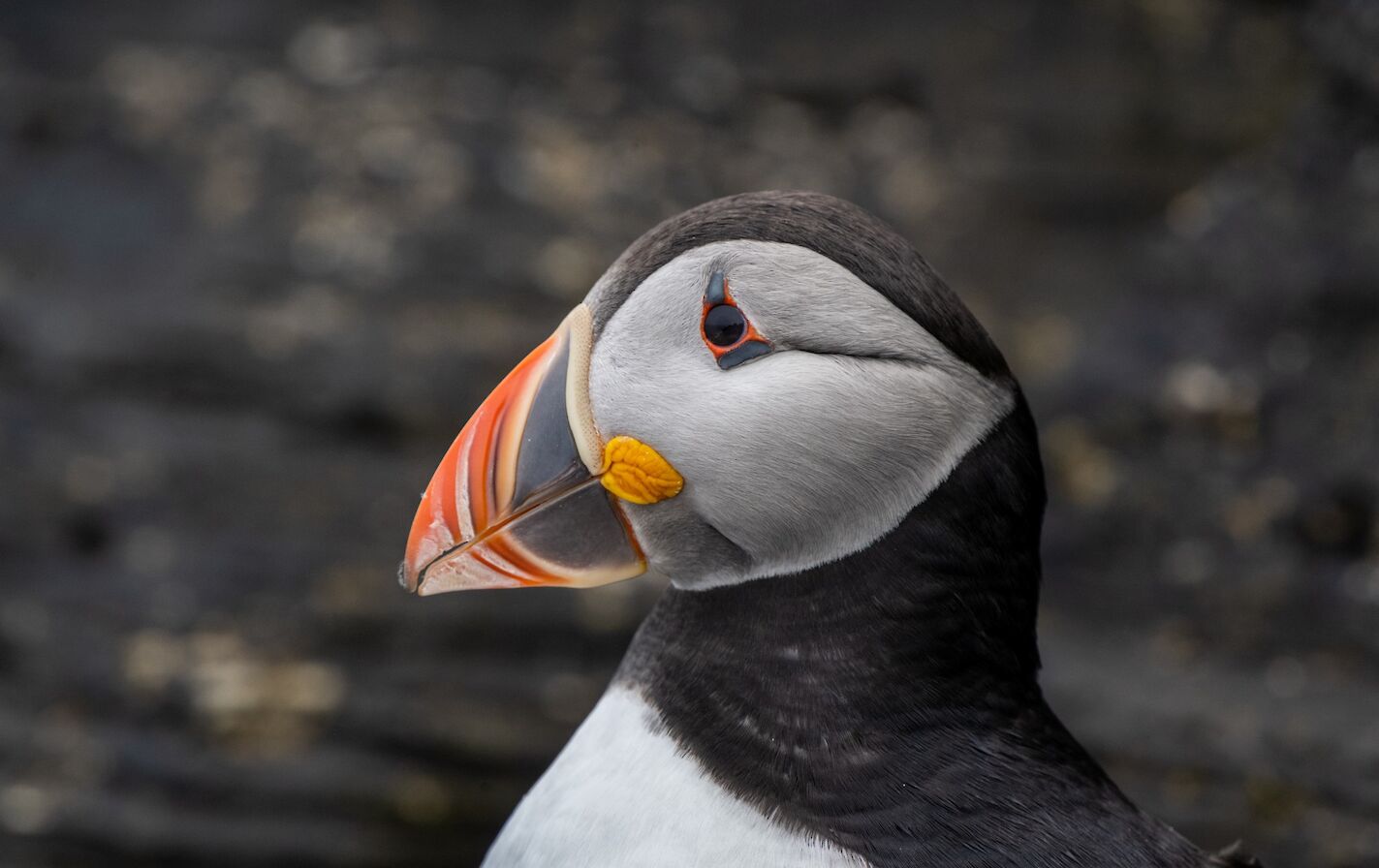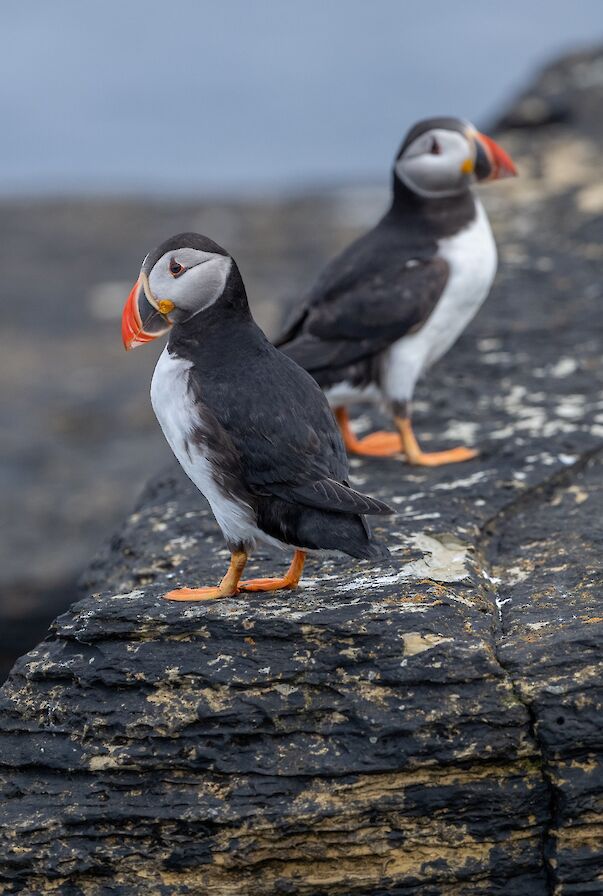This month I wanted to take a look at some creatures that have a certain flamboyance about them.
To be honest you could pick almost any species and find something fascinating about them, be it their physical structure, behaviour or simply their appearance. You can find beauty in what at first glance appears to be something ordinary.
Take a bird like the redshank. On first viewing it’s an unremarkable, medium-sized, brown wading bird and at this time of year probably giving you an earful, flitting from fence post to fence post as it tries to protect its chicks hidden in nearby vegetation. Take a really good look with a little bit of study you’ll see what is actually a beautifully delicate but intricate plumage, set off by its vivid summer red legs and bill.
But let’s go for the gaudy. I’ll start with a creature that not many people probably bother thinking about anymore but one that was certainly a part of my childhood. We simply called them ‘green beetles’ and during late spring and early summer we would collect as many of them as we could in jam jars, the lid full of holes of course.
As the name suggests, the green dock beetle can be found anywhere in Orkney where there are docken plants, and let’s face it, there’s no shortage! These beetles feed mainly on dockens and sorrel and the larvae can only fully develop on rumex species, of which the docken and sorrel are both members.
I found these ones in the thick cover of broad-leaved dickens along the Crantit Trail burn just outside Kirkwall. It was obvious straight away that there was lots of mating going on as some of their distinctive yellow eggs were already laid on the underside of the leaves. At this time of year males and females are easy to tell apart, the males are smaller (4mm) than the females (7mm) and right now females full of eggs have swollen abdomens. She can incredibly lay over a thousand eggs during the breeding season but you’re likely only to see clusters of 20 - 40 eggs at one time.
But what really draws us to them of course is their metallic green bodies. Photographing these beetles isn’t easy, I’m using a 90mm macro lens with three extension tubes stacked on top of each other. But at such high magnifications they are hard to keep in focus and move surprisingly quickly. What I notice too is how strong they are. One male is already attached to a female but another male comes in and simply rugby tackles him, twisting him on his back in the process. Once he rights himself the race begins as both males chase the female up the docken leaf.
I can see that their bodies aren’t just green, but metallic copper and yellow, not only on the wing casings and head but also on the legs. This occurs because the beetles ‘shell’ is composed of alternated layers, a phenomenon known as structured colour. This is where microscopically structured surfaces that are fine enough to interfere with light sometimes combine with pigments, in this case melanin, to produce a metallic sheen.
Science over with, for me they’re just pretty to look at.
A creature with an incredible ability to be able to control its colour is second on my list, but this one is much harder to find. At the very least you’ll need a wetsuit and mask. This is the best time of year to see one of my favourite animals, the little cuttle. It favours sandy seabeds and can often be found partially buried in the sediment or sometimes just with its two bulbous eyes poking out.
Speaking of eyes, you’ll need to get yours in, so to speak. The little cuttle really is little - at 5cm long it can be tricky to spot, in fact if you’re looking in a likely area it might be that you’ll spot a puff of ink as you disturb one by mistake. Once spotted it might just linger in the water column or it’s more likely that it’ll bury itself halfway in the sand.
Towards the front of its body, it has two almost transparent fins and, in my experience, when it’s more relaxed it is a mixture of golds and yellows with beautiful caramel-coloured spots mixed in. Like all cephalopods (octopus, squid and cuttlefish) it has the ability to change its colours and patterns rapidly. It does this by having special pigment cells called chromatophores in their skin - basically a small sac filled with pigment. When muscles tug on the sacs they spread them wide, exposing the pigment to light.
If you’re lucky enough to spot one and have been able to admire it for a minute then don’t be tempted to keep following it. It’s one thing to be squirted at because you’ve swam over the top of it on your way from A to B, another to be squirted at because you’re pestering it.
My third colourful character is thankfully much easier to see, and its bright bill is in stark contrast to its simple black and white plumage. I’m talking of course, about the puffin. It will be really interesting to see how these small auks get on this year after hundreds were washed-up dead-on Orkney’s beaches late last year. Early indications showed the birds were emaciated and so had struggled to find food. Clearly something was out of kilter in the marine food chain during the autumn of 2021 as just a few months prior to the puffins washing up, large numbers of guillemots and razorbills shared the same fate.
The Orcadian name for the puffin is the ‘tammie-norrie, but it also goes by the name ‘sea-parrot’ because of its colourful beak. They are famous for their bright beaks but this beautiful display of colour is only seasonal. Puffins spend most of the year out on the open ocean and so there’s no need for the bright colours once the breeding season is over. Once the birds have moulted, gone are the vivid yellows and oranges from the bill and feet and the puffin looks an altogether drabber looking bird.
So why the bright beak at all? They develop the bright colours of the bill, feet and around the eye in preparation for the breeding season. It may be that the larger and brighter coloured beak is a sign of a healthy and experienced bird and thus more attractive as a mate. They also use their bills for something know as ‘billing’ where two or more puffins literally tap their bills together, but rather more quickly and make the noise of castanets.
But the bill isn’t just pretty, it has the deadly serious use of catching prey, in this case it is perfectly designed for catching and carrying fish. The bill has a layer of spines on the upper part of the beak which will hold a fish in place as the puffin goes about catching another one.
July is the best time to see puffins returning to their burrows with mouthfuls of fish, destined for the hungry mouth of its solo chick waiting underground.
Find out more about Raymond’s work via his official website. You can also find him on Facebook, Twitter and Instagram.
